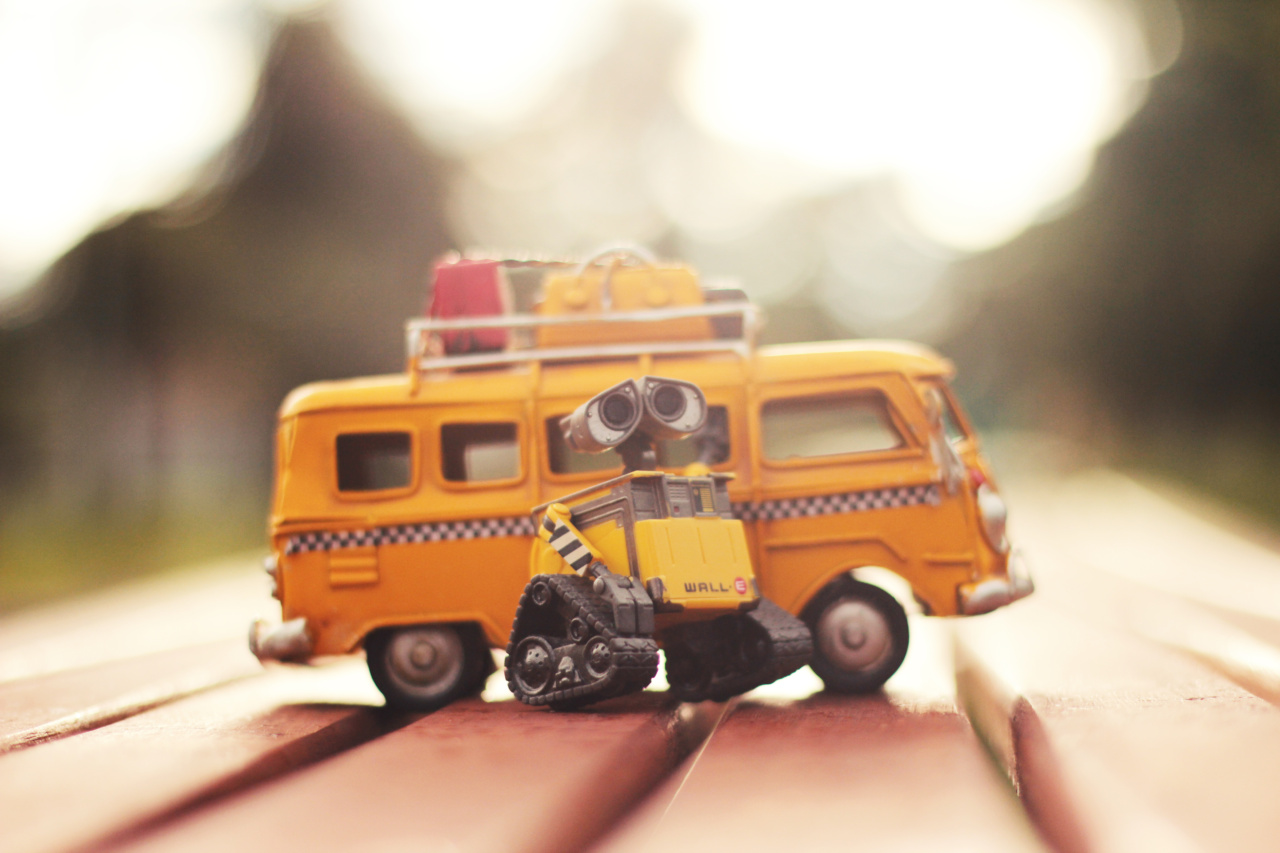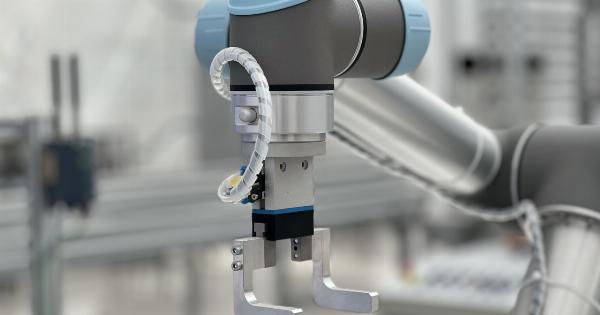Premature birth is a challenging situation that affects millions of babies worldwide.
These tiny fighters often need to spend weeks or even months in neonatal intensive care units (NICUs), where they receive specialized medical care and support to survive and thrive. However, the NICU environment can be overwhelming for these fragile infants, who are supposed to be still developing inside their mother’s womb.
To address this issue, researchers and engineers have developed a remarkable solution – a calming robot specially designed to provide comfort and support to premature babies.
The Importance of a Calming Environment in the NICU
Scientific studies have shown that creating a calming environment in the NICU is crucial for the well-being and development of premature babies.
These infants require an environment similar to the womb, characterized by gentle sounds, soft lighting, and interactions that mimic the comforting sensations they would experience in their mother’s belly. A soothing and nurturing environment helps to reduce stress, promote sleep, and facilitate healthy growth.
The Role of a Calming Robot
A calming robot can enhance the NICU environment by providing additional comfort and support to premature babies.
This specially designed robot acts as a companion, offering gentle soothing movements and mimicking the sounds and sensations of a mother’s heartbeat. The robot’s purpose is to recreate a nurturing environment that helps premature babies feel safe and secure.
Features of a Calming Robot
A calming robot for premature babies is equipped with several essential features:.
1. Intelligent Sensor Technology
The robot is equipped with intelligent sensors that can detect the baby’s needs and respond accordingly. These sensors pick up cues such as the baby’s movements, heartbeat, and breathing patterns.
By monitoring these vital signs, the robot can adjust its movements to provide the most effective soothing experience.
2. Gentle Movements
The robot replicates the gentle movements a baby would experience in their mother’s womb. These movements help to calm the baby’s nervous system and promote relaxation.
The robot can sway, rock, or gently vibrate, mimicking the comforting motions that a baby would feel inside the womb.
3. Sound and White Noise
Studies have shown that white noise, such as the sound of a mother’s heartbeat or ocean waves, can be calming for babies. The calming robot is equipped with built-in audio speakers that emit soothing sounds and white noise.
These sounds help to create a soothing auditory environment, masking other noises in the NICU and promoting a sense of security for the baby.
4. Air Quality Control
Premature babies are particularly vulnerable to environmental factors, including air quality. A calming robot may be equipped with air quality sensors to monitor and adjust the air conditions in the baby’s immediate surroundings.
Ensuring clean and fresh air contributes to the overall well-being and health of the baby.
5. Soft Touch and Texture
The materials used in designing the calming robot are soft, smooth, and hypoallergenic. The gentle touch and comforting texture of the robot’s surface provide a reassuring tactile experience for the baby.
These materials are carefully selected to be safe and gentle on the baby’s delicate skin.
Benefits of a Calming Robot
The introduction of a calming robot in the NICU can bring numerous benefits for premature babies, including:.
1. Reduced Stress and Anxiety
The soothing movements and sounds of the robot help to reduce the baby’s stress and anxiety levels. By simulating the womb environment, the robot creates a sense of familiarity and security, allowing the baby to relax and feel more at ease.
2. Improved Sleep Patterns
By providing a calming environment, the robot can help regulate the baby’s sleep patterns. Improved sleep is essential for the baby’s growth and development, as it allows the body to restore and repair itself.
The robot’s gentle movements and soothing sounds promote a more restful sleep for the baby.
3. Enhanced Bonding
The calming robot can assist in strengthening the bond between the baby and their parents or caregivers. When parents are not present in the NICU, the robot acts as a surrogate companion, providing comfort and support.
The sight of the robot by the baby’s side can also bring a sense of relief and reassurance to parents, knowing that their little one is being cared for.
4. Promotes Neurodevelopment
A nurturing and calming environment is vital for the development of a premature baby’s brain and nervous system.
The soothing experience provided by the robot helps create an ideal environment for neurodevelopment, facilitating healthy growth and long-term well-being.
Challenges and Future Developments
While a calming robot is a promising innovation for premature babies, further research and development are still needed. Some challenges that researchers and engineers are working on include:.
1. Customization
Each premature baby has unique needs and preferences. Customization options could allow the robot to adapt its movements, sounds, and interactions based on the baby’s individual temperament and responses.
This personalization would enhance the effectiveness of the calming robot in providing comfort and support.
2. Real-Time Monitoring
Integrating real-time monitoring capabilities into the calming robot would enable healthcare professionals to assess the baby’s vital signs and well-being more comprehensively.
This information can help in making informed decisions regarding the baby’s care and treatment plan.
3. Long-Term Follow-Up
As premature babies grow and transition out of the NICU, the effects of the calming robot’s intervention should be monitored.
Long-term studies could provide insights into the potential lasting benefits of the robot’s role in the early development of premature babies.
The Future of Comfort and Care
A calming robot specifically designed for premature babies has the potential to revolutionize the care provided in neonatal intensive care units.
By recreating a nurturing and calming environment, the robot complements the efforts of healthcare professionals and supports the well-being and development of these tiny fighters. As technology advances and further research is conducted, we can anticipate even more innovative solutions that prioritize the needs of premature babies, ensuring they receive the utmost comfort and care.





























